
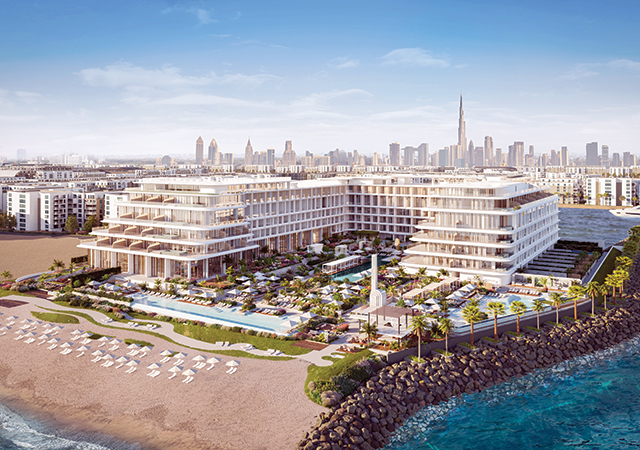 The Gran Meliá reflects a shift towards larger, amenity-rich hotels that cater to travellers looking for immersive, multi-day experiences.
The Gran Meliá reflects a shift towards larger, amenity-rich hotels that cater to travellers looking for immersive, multi-day experiences.
Having worked in the Middle East for more than two decades, I can say with confidence that the region’s hospitality market has seldom been as robust as it is today. Hotels across the UAE are operating at near-record levels, with national revenues topping $12 billion in 2024 and average occupancy rates climbing to 78 per cent. In Dubai, demand reached the point earlier this year where hotels held above 93 percent occupancy for 10 straight days — an almost unheard-of run in global terms.
Saudi Arabia is pushing the scale even further. With more than 275,000 keys in its pipeline, it is now the second-largest development market in the world, behind only China. The kingdom’s Vision 2030 strategy is reshaping not just its skyline but its entire tourism economy, with a target of welcoming 150 million annual visitors by the end of the decade.
 |
|
Hones ... supersizing is about creating smarter assets. |
Against this backdrop, operators are under enormous pressure to expand capacity, enhance guest experience, and ensure that new investments are resilient. The result is a wave of “supersizing”. Yet supersizing in 2025 is not about size for its own sake. It is about creating smarter assets: hotels and destinations that work harder commercially, operate more efficiently, and deliver lasting value.
SUPERSIZING THROUGH REFURBISHMENT
One of the fastest ways to grow is by drawing more value from what already exists. Carter Hones Associates was hired to manage the refurbishment of all 707 guest rooms at the Grand Hyatt Dubai. It was the largest project of its kind in the region at the time. The challenge was not simply to deliver new interiors, but to do so seamlessly in a live hotel environment, while extending the property’s life cycle and strengthening its competitive edge.
At the Mövenpick JBR, the company supported the conversion of a royal suite into multiple guest rooms, by providing feasibility studies, design coordination, and fit-out oversight. By increasing the yield of existing space without structural changes, the operator boosted revenue per square metre with minimal disruption.
In a market where construction costs rose by more than 10 per cent last year, these kinds of targeted refurbishments are proving invaluable.
SUPERSIZING THROUGH NEW BUILDS
Of course, new hotels remain central to the region’s growth story. The Gran Meliá at Port de La Mer in Dubai is a striking example. With 365 keys, suites, and extensive leisure amenities, it reflects the shift towards larger, amenity-rich hotels that cater to travellers looking for immersive, multi-day experiences.
 |
Al Jurf integrates hospitality, residential, and wellness offerings. |
Carter Hones Associates’ role on this project started with design management and tender services, evolving into full-time project and cost management services as this major landmark development on one of Dubai’s most prominent sites commenced construction. In today’s climate, where investor confidence depends on keeping budgets aligned with design ambition, these controls are critical. By ensuring funds flow into the elements that truly elevate guest experience, the company is helping deliver a hotel that will stand out in a highly competitive market.
SUPERSIZING THROUGH MASTERPLANNING
Supersizing can also mean thinking beyond a single property. At Al Jurf in Abu Dhabi, a 330-hectare, AED12 billion ($3.27 billion) development that integrates hospitality, residential, and wellness offerings, Carter Hones was seconded directly into the client’s team. Its project directors, design managers, and contract specialists worked side by side with the client to streamline decision-making and keep delivery on track.
What makes Al Jurf significant is not just its scale but its vision. It is an example of how hospitality is increasingly embedded into wider masterplans that create lifestyle-driven destinations. For investors and operators alike, these types of developments offer multiple revenue streams and long-term value far beyond room rates alone.
BUILDING RESILIENCE INTO ASSETS
Supersizing is also about resilience. Larger assets with diversified revenue streams are better positioned to withstand market shocks. The pandemic made that point clear: hotels with adaptable spaces and income sources from F&B, wellness, and retail rebounded faster than those reliant on a single model.
Sustainability is now adding another dimension. Research from the World Travel and Tourism Council shows that 69 per cent of travellers are actively seeking sustainable options. Supersized hotels and integrated destinations have the scale to implement renewable energy, advanced waste management, and low-carbon design solutions. This isn’t just about meeting regulations; it is about staying relevant to the next generation of travellers.
LOOKING AHEAD
The Middle East hospitality market has entered a transformative decade. From record-breaking occupancy in the UAE to Saudi Arabia’s unprecedented development pipeline, the growth we are seeing is reshaping the industry at a global level.
For me, the lesson from the multitude of hospitality projects Carter Hones Associates has worked on in recent years is that supersizing is not just about building bigger. It is about building smarter: assets that balance financial discipline with guest experience, scale with operational efficiency, and ambition with sustainability.
Operators who understand this will not only benefit from today’s surge in demand, but they will also set the standard for the future of hospitality in the Middle East.
* Nathan Hones is a seasoned architectural and development management professional with over 25 years of international experience, specialising in large-scale mixed-use, hospitality, hotel, and leisure projects.




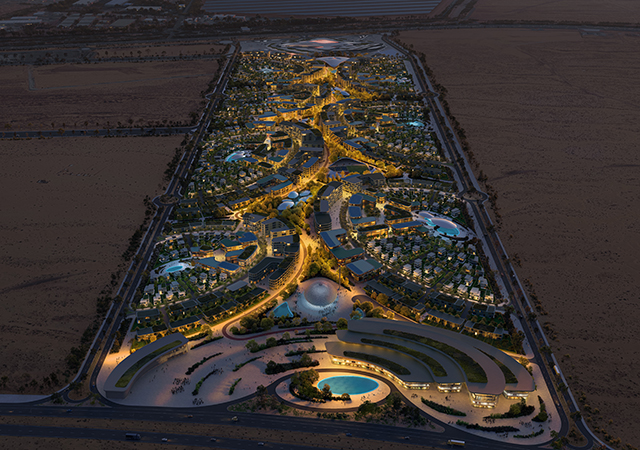
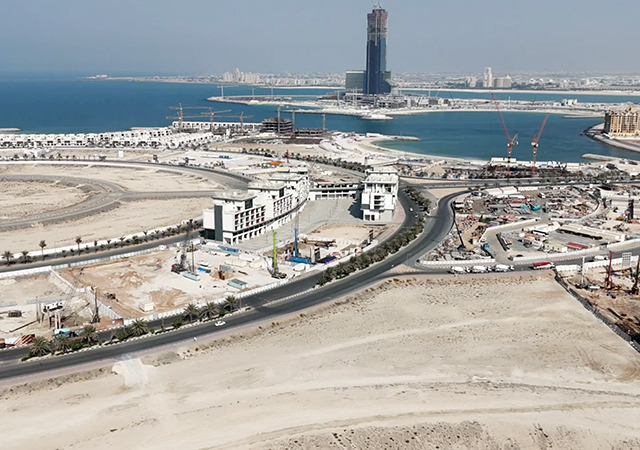
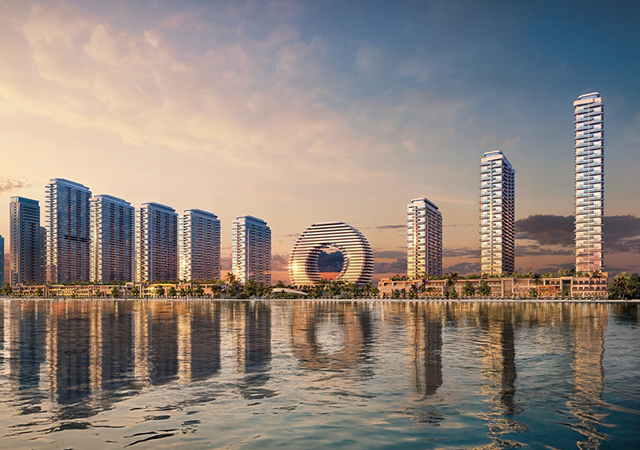

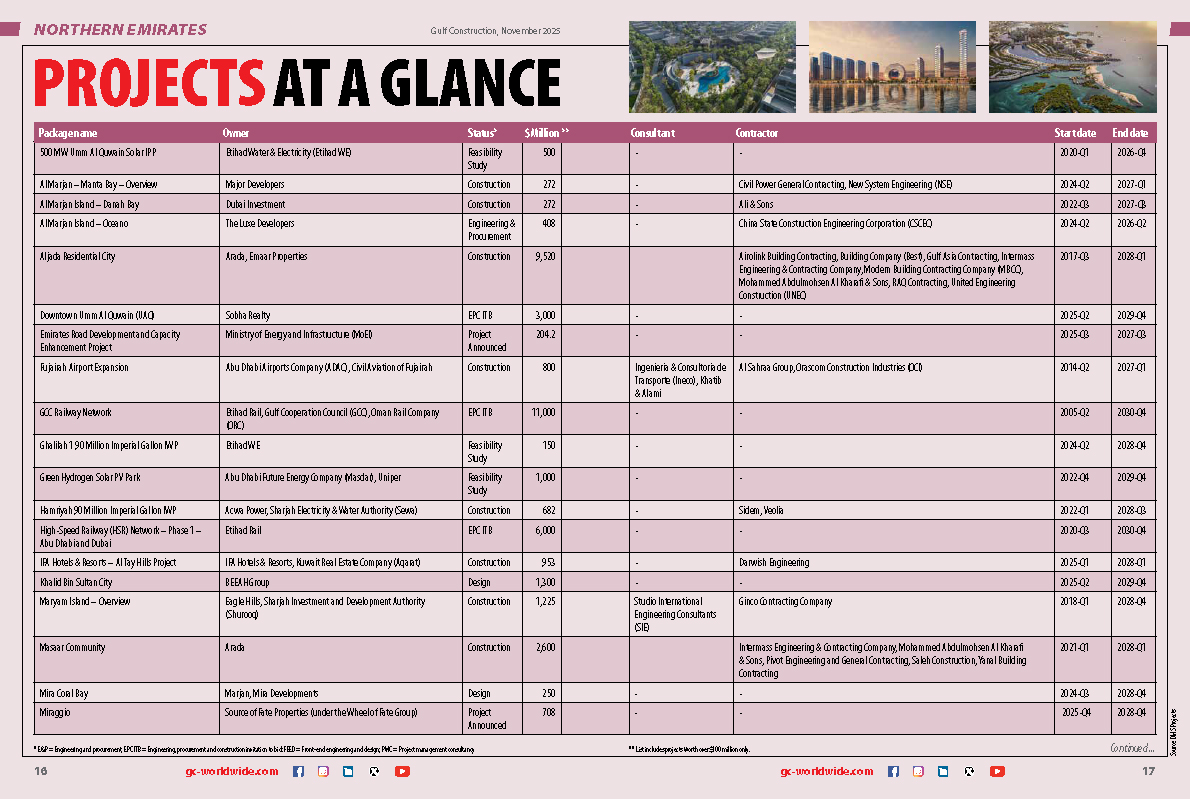
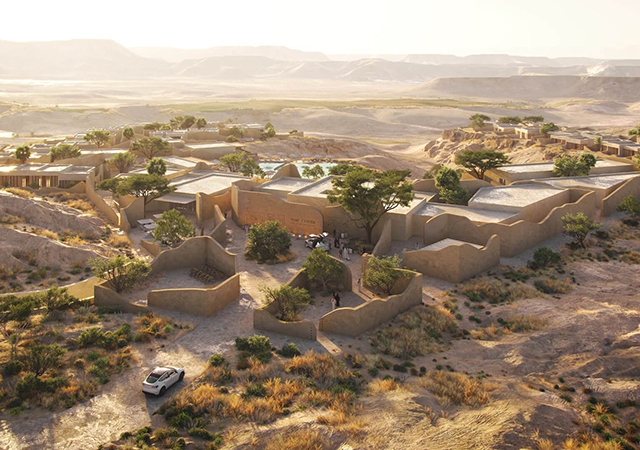

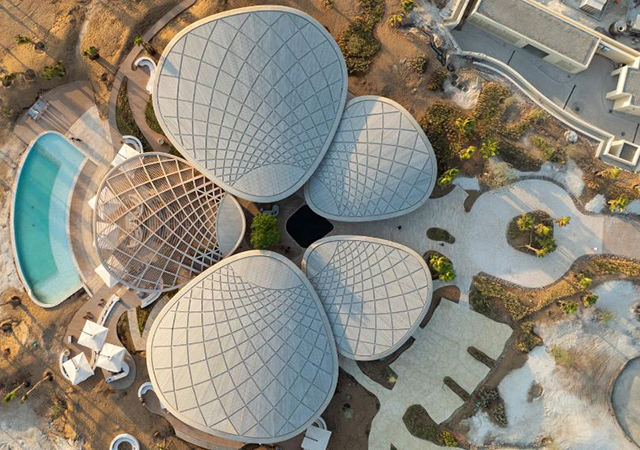
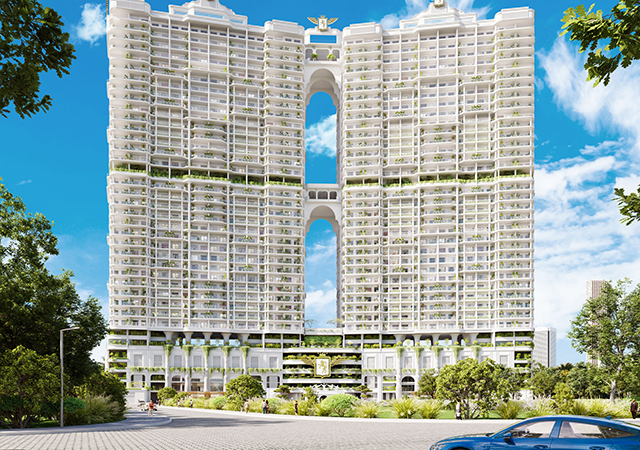
(5).jpg)
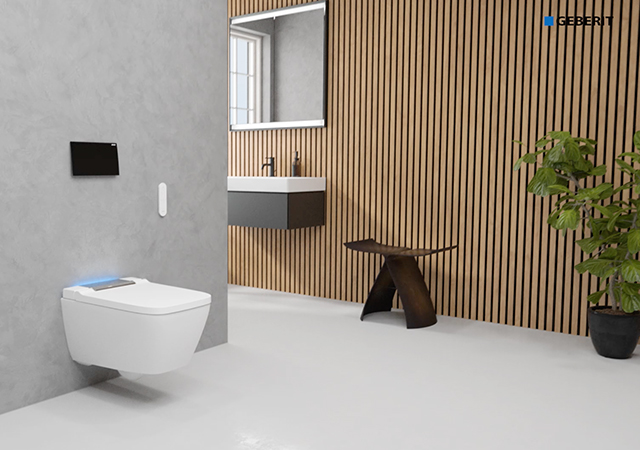
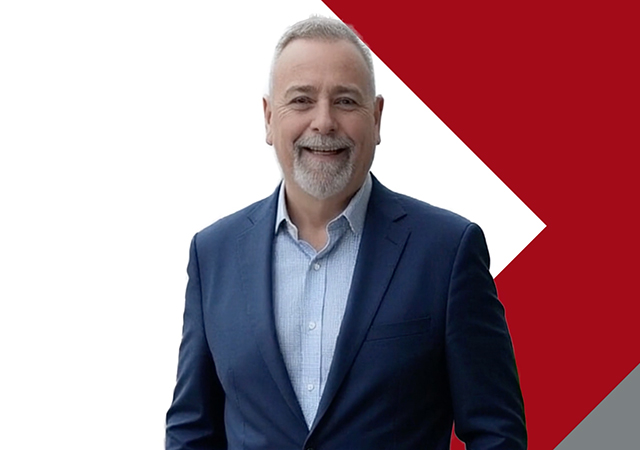

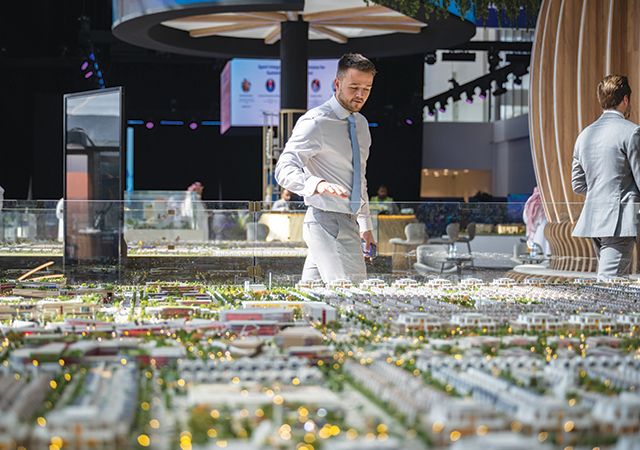


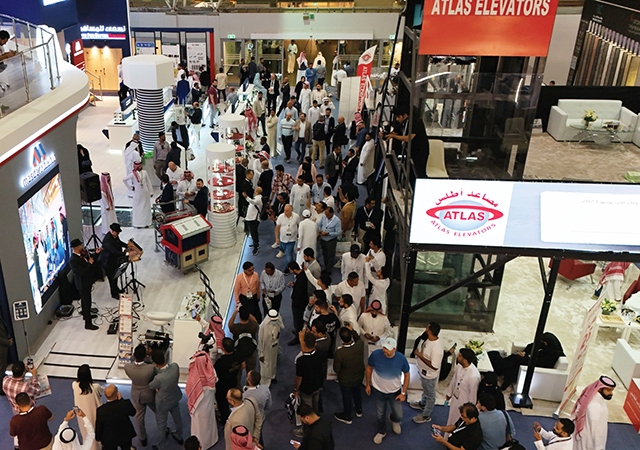

.jpg)
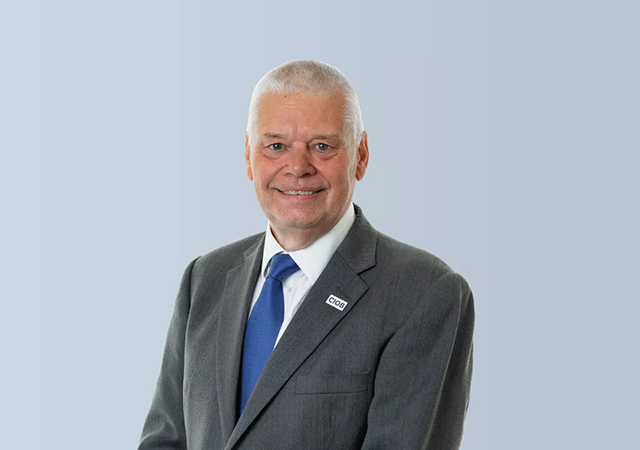


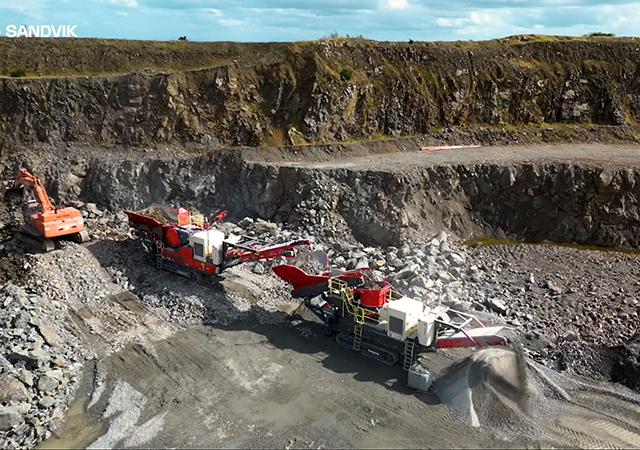
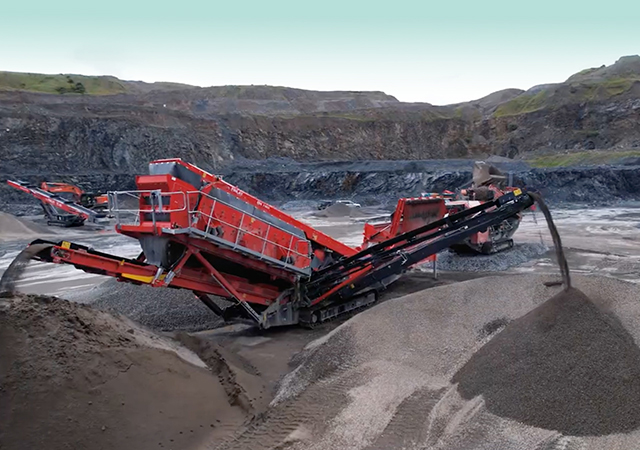



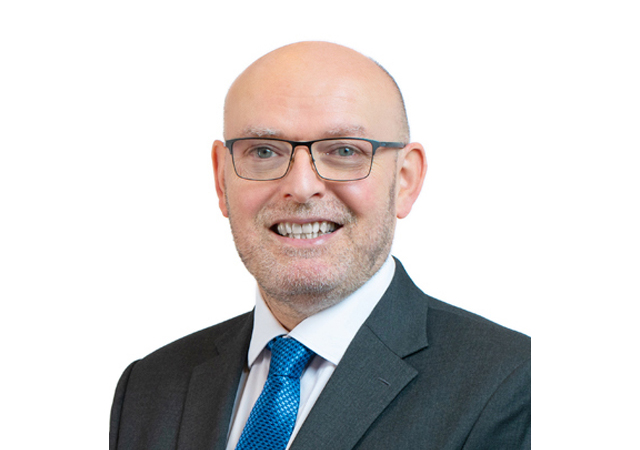

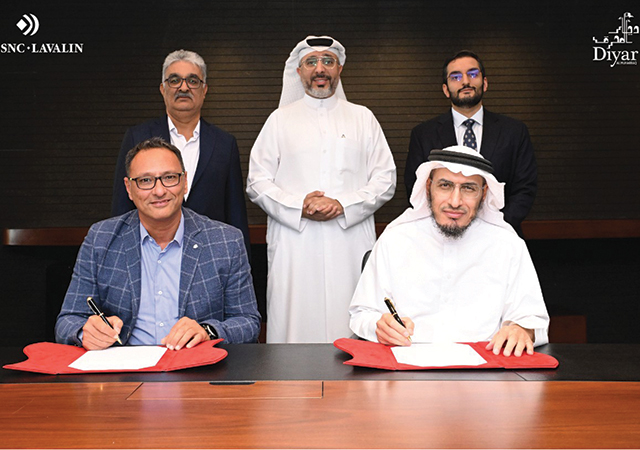
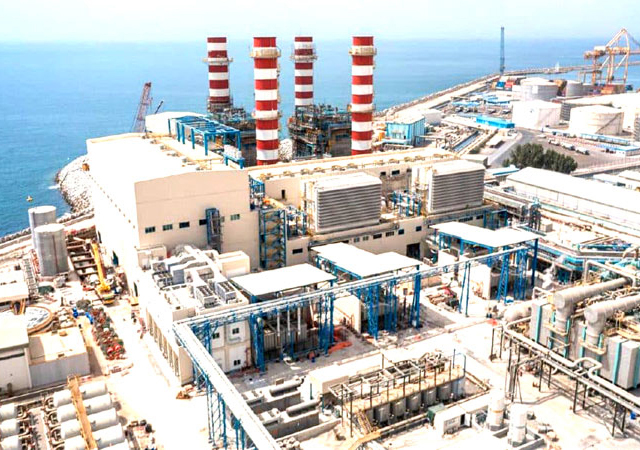
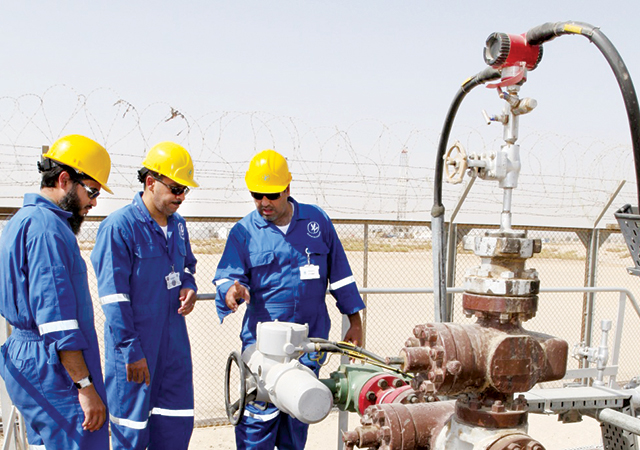


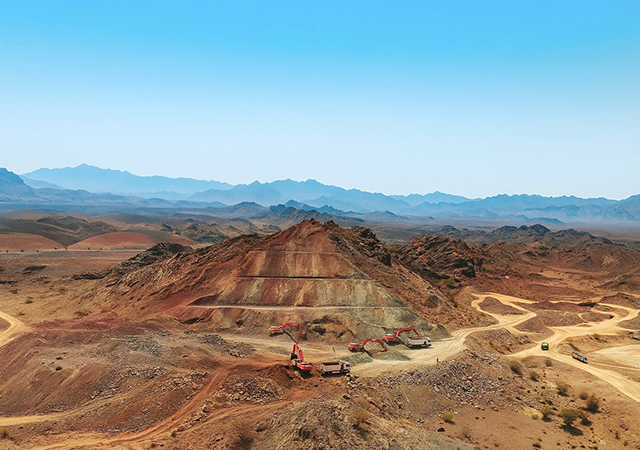
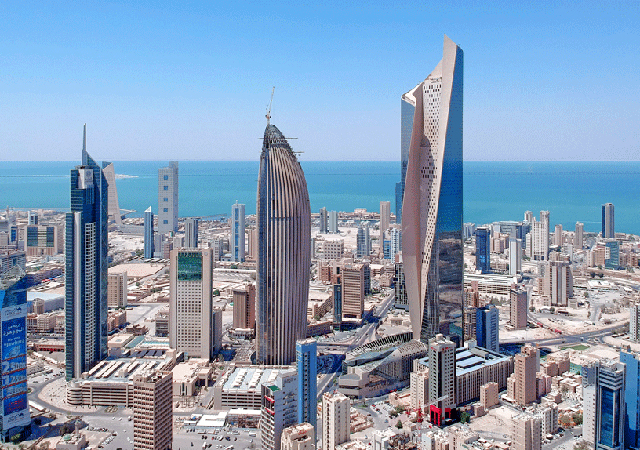

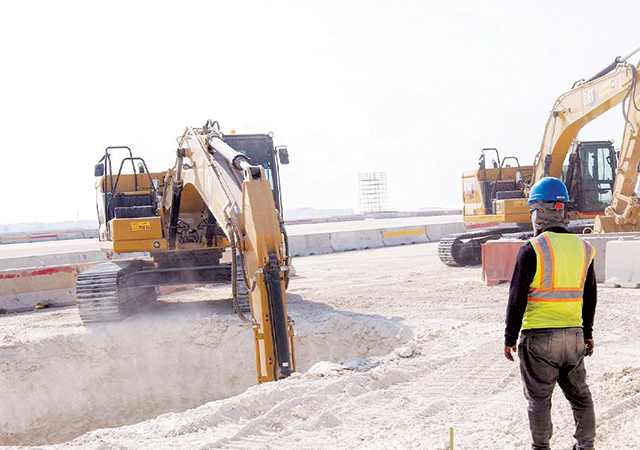

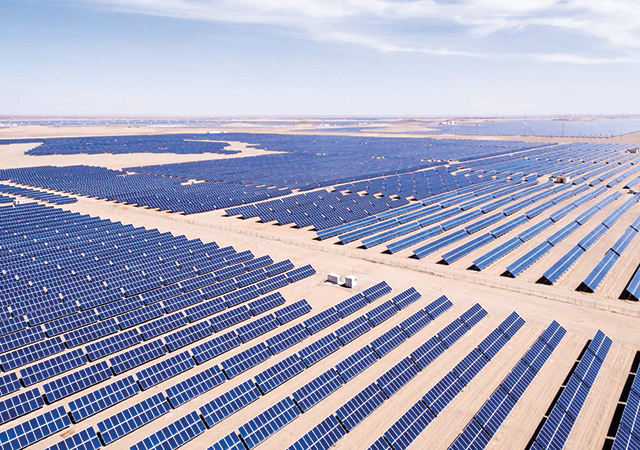
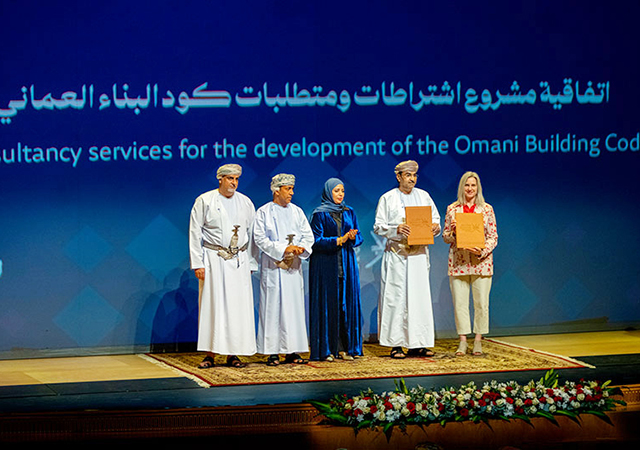


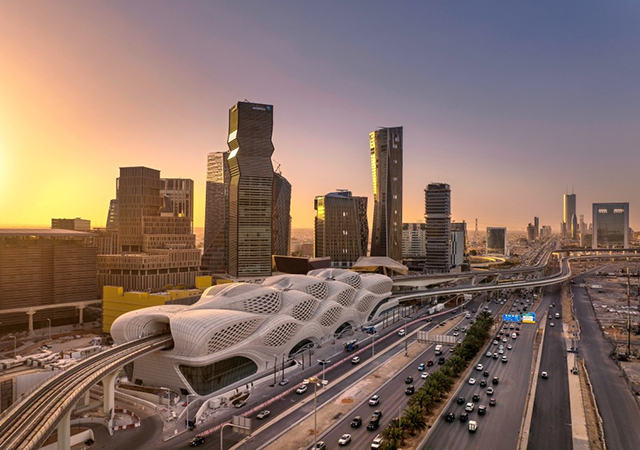
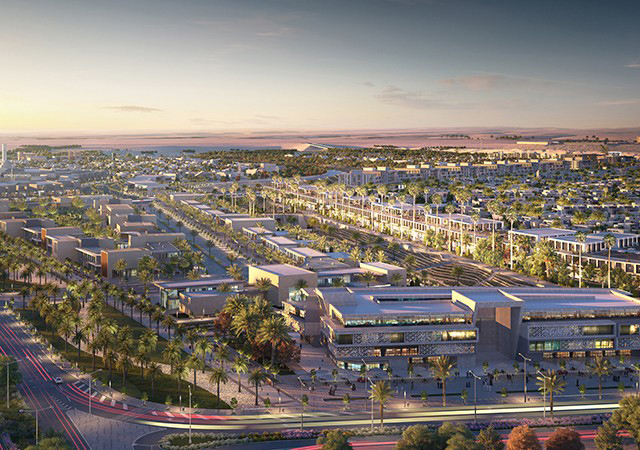

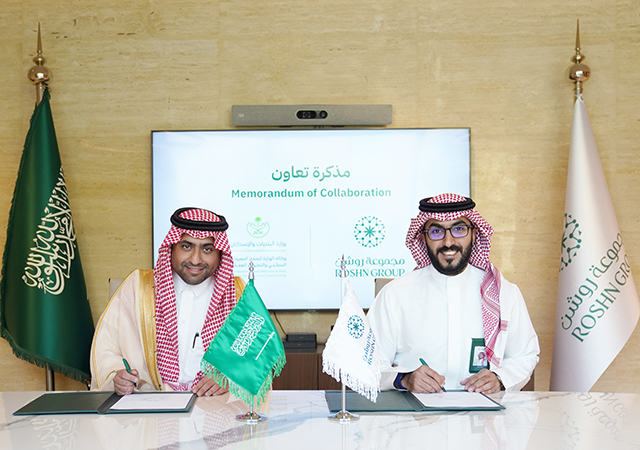
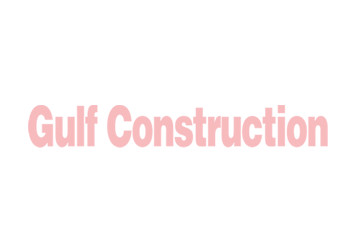


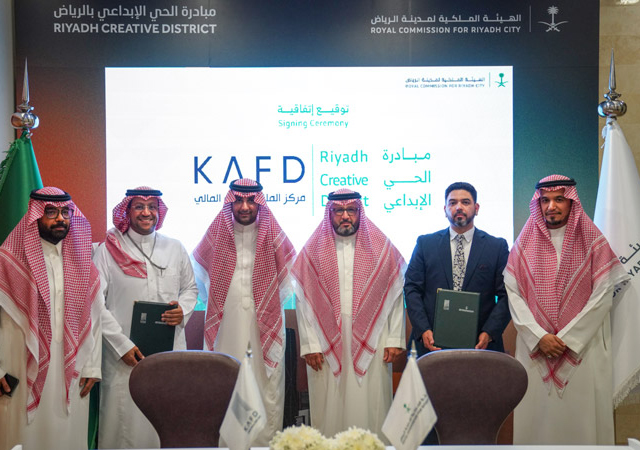
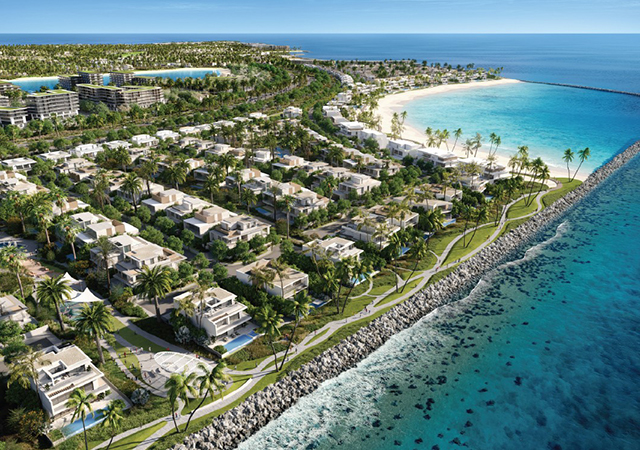
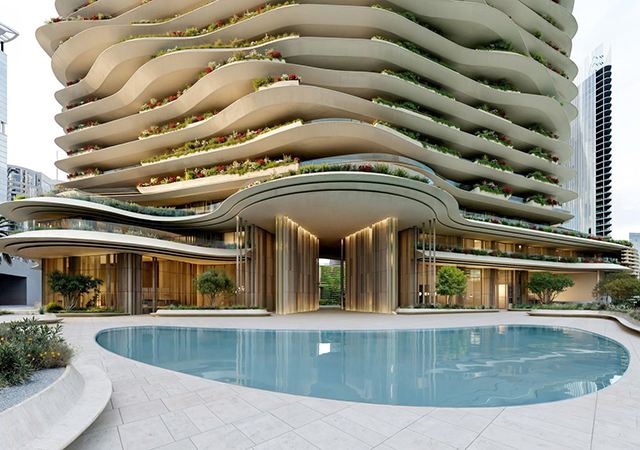
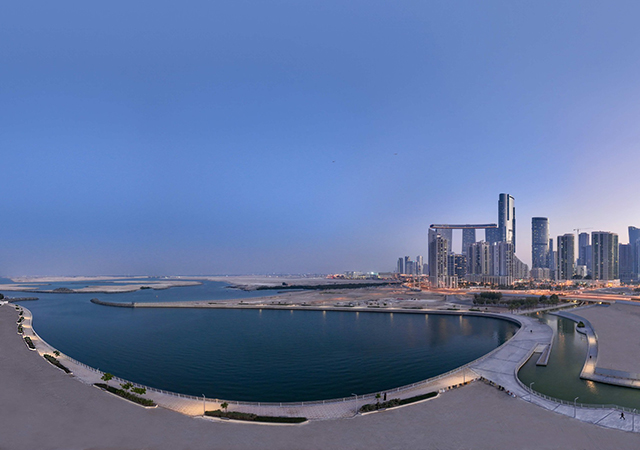

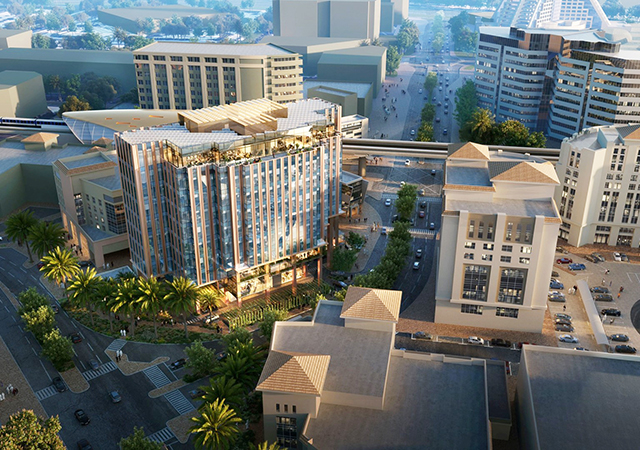
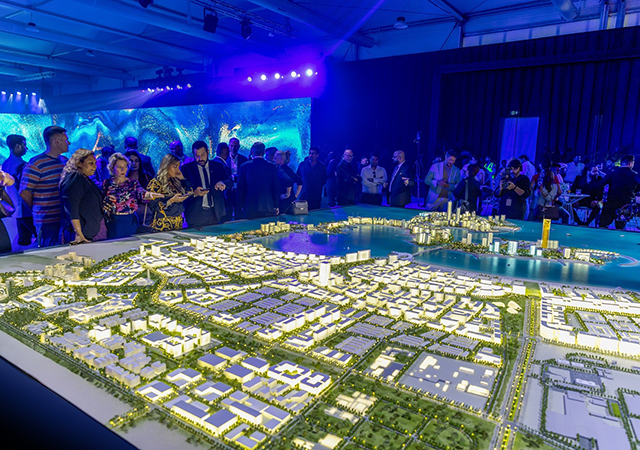
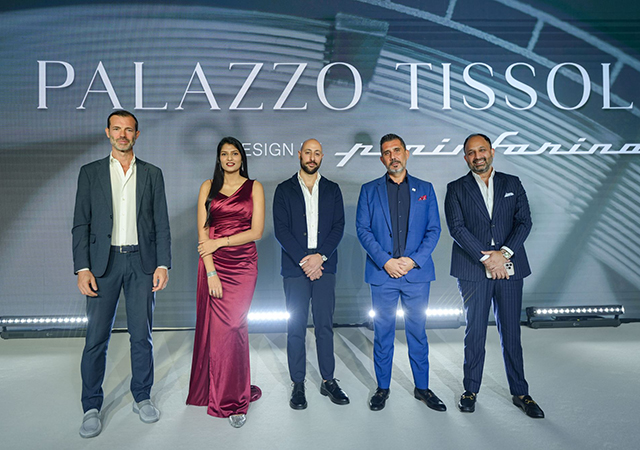
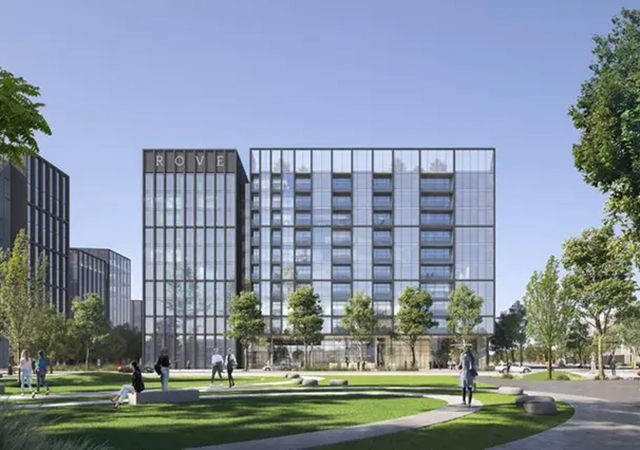
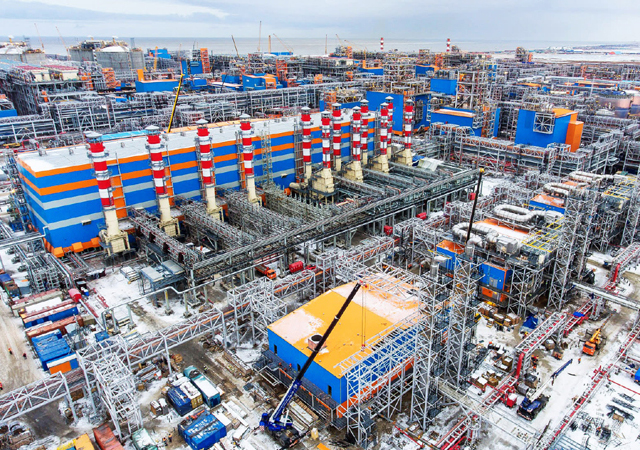
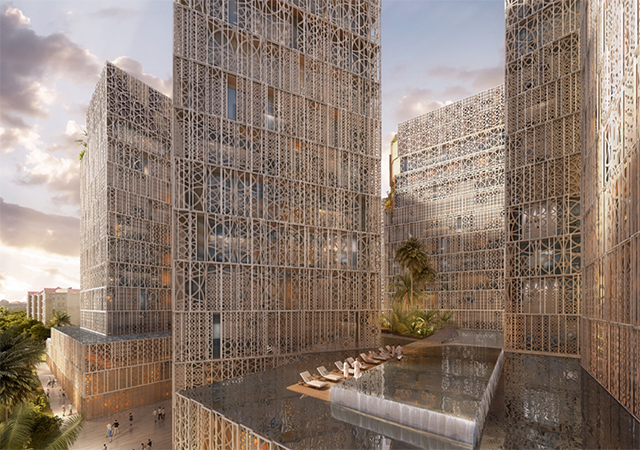
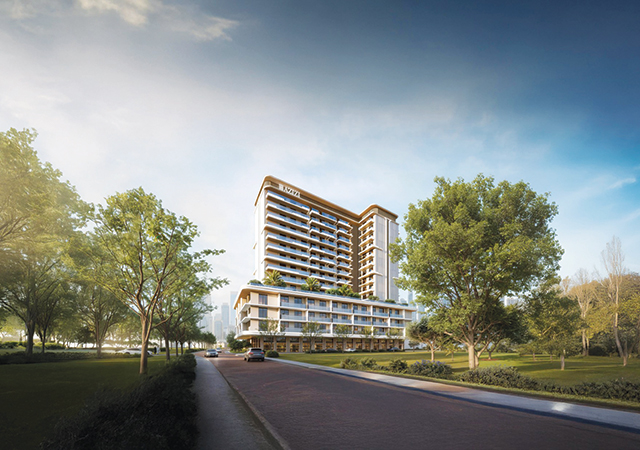
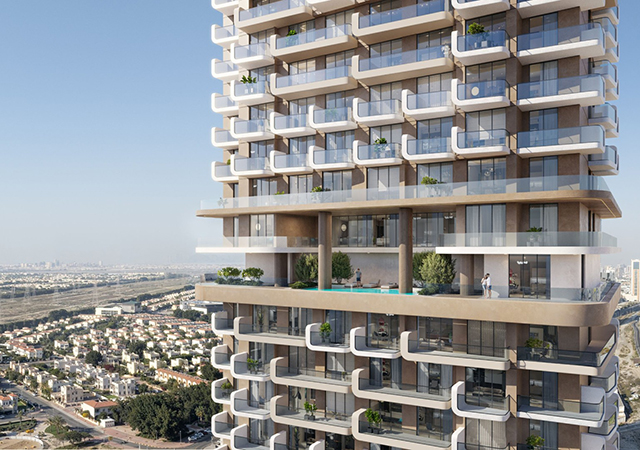
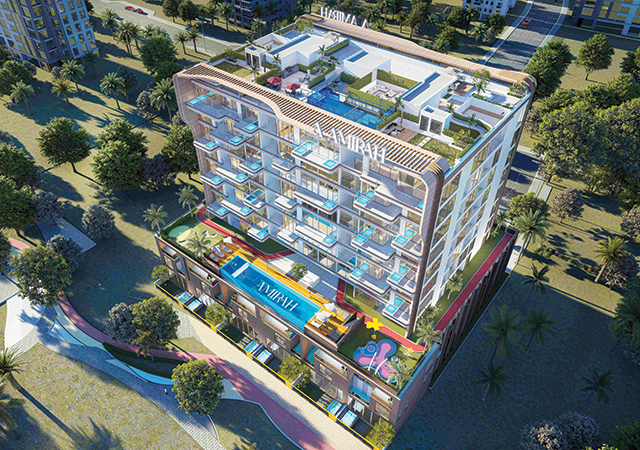
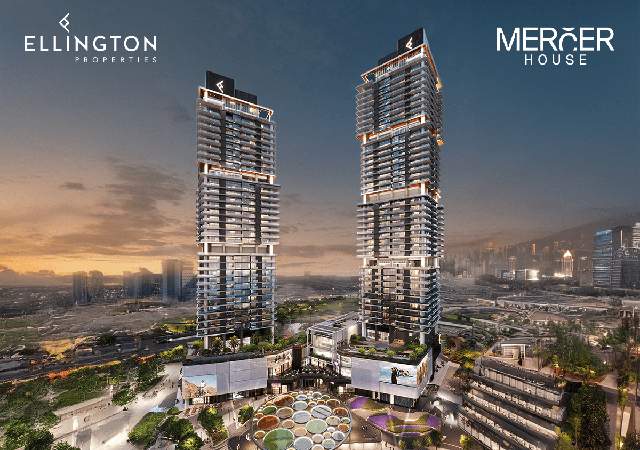

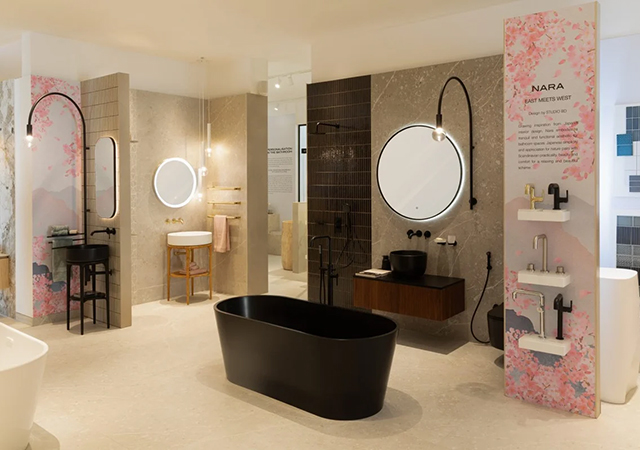

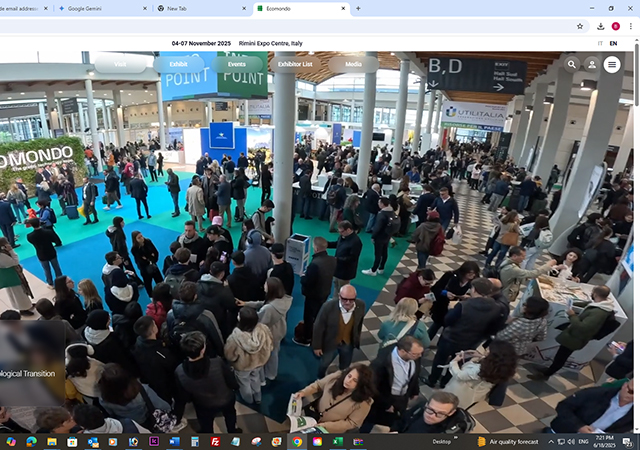
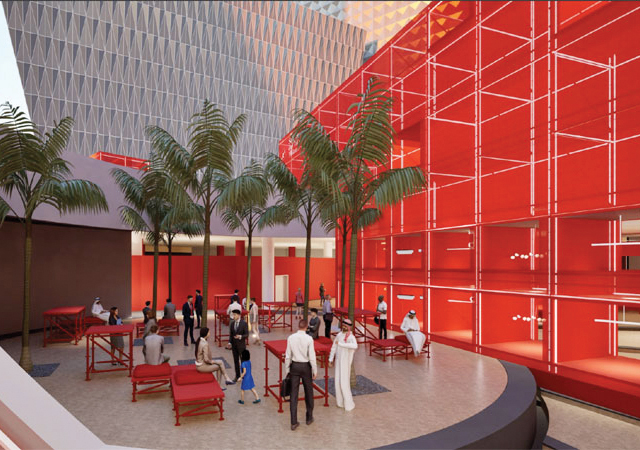



(5).jpg)

